Felix is more than just a name. Felix is Latin for “happy” or “fortunate.” And I feel that by choosing this particular word, Maria and Richard Habring have found just the right moniker for their latest creation.
Felix is a happy child, a product of the duo’s desire to create something that is fully theirs. At the same time, Felix proves that it’s entirely possible for a talented, small team to make a fully in-house manufacture movement at a fully affordable price.
I had the opportunity to wear the Felix prototype for just over a month, and will share some of my thoughts on it with you.
The design
Let’s start with the design of Felix because that’s what people naturally see first. It is the “face” of any watch, and in the end, the “look” certainly makes a big difference in a consumer’s choice to buy or not to buy.
Felix’s design, which is done entirely by Maria and Richard Habring, is more classic than the timepieces the boutique brand has thus far brought out, but it remains fully in line with the small company’s utilitarian way of being.
The design is very classic in the understated, almost Bauhaus style that Germanic timepieces are famous for. And you either like this style or you don’t: I happen to very much appreciate the no-nonsense approach and reserved presence of the Habring timepieces – and Germanic watches in general.
That said, there is one less usual element that the observant or the connoisseur might spot: the placement of the subsidiary seconds at 9 o’clock. This is so unusual as to probably be the first thing that many, including myself, will notice first about the dial.
That layout also deliberately and pointedly suggests that the movement powering Felix has been designed from scratch as, to my knowledge, there are no base movements currently available with the seconds subdial in this position. The subdial does not disturb the rest of the reserved dial design whatsoever as it is delicately set off by a different finish.
The second hand, like the larger hands indicating hours and minutes, is black and straight with no embellishment. Against the frosted, light gray making up the background of the dial the hands really come alive. The seconds subdial, by the way, is relatively large, meaning that the smooth motion of the hacking second hand is very visible.
Visibility + hack: two elements that signify to us that the Habrings are also very sure of the accuracy of the movement. In fact, they are highlighting it.
This dial is additionally available with a printed 12 in either Arabic or Roman numerals and even without the subdial showing seconds.
The case is slim, svelte and wears incredibly well. This is probably because it is sized in my personal sweet spot: 38.5 mm in diameter and 7 mm in height. According to industry standards, the watch could even be classified as ultra-thin.
One other unusual thing about this case is that its stainless steel also originates in Austria: from the Böhler smeltery in Kapfenberg, a town situated in the state of Carinthia’s mountains.
The movement
As Maria Habring told me a few months ago, “This is the first watch movement developed, assembled and predominately produced in Austria.” The movement, called the A11, is destined to become the base movement for Habring2 going forward. The A stands for “Austria,” while the “11” stands for 2011, the year in which the couple began developing it.
This is the first movement ever made in Austria. That’s kind of a big deal.
And it represents a more than appropriate way to celebrate a milestone: 10 years of Habring2.
Up until now, Habring2 has modified ETA movements with their own modules to realize their watches. By doing as much of the work as possible by themselves, they have kept the prices for their small-series and bespoke timepieces highly affordable.
At €4,450, Felix costs a bit more than the duo’s previous models. But for a watch containing a proprietary movement, this is a very fair price.
One of the key components in the A11 is the escapement; key because – in addition to being generally key to keeping accurate time – it also stems from in-house production. Surely this must be some sort of record for a serial watch made by a company currently employing just five people.
Currently, Habring2 manufactures about 150 watches per year. Up to now these have mainly all been based on existing ETA movements. From here on out though, the A11 will constitute the heart of any Habring movement.
In the near future, we’ll revisit this topic with a look inside the Habrings’ workshop in Völkermarkt, Austria. But for now, I’m going to leave you with the technical specifications of Caliber A11B: Felix’s beating heart.
Manufacture movement Habring² A11B
- Hour and minute hands; small seconds at 9 o’clock
- 28,800 vph (4 Hz)
- Hand-wound with 48 hours’ power reserve (though I observed a longer power reserve)
- Anti-magnetic escapement assembled in-house with two LIGA components
- Carl Haas hairspring in chronometer quality
- KIF shock protection pursuant to DIN and NIHS
- 18 jewels
- Elaborately refined by hand with polished edges, decorative engravings, perlage, etc.
- 99 parts in total with 50 service-relevant individual components
Quick Facts Habring² Felix
Case: Austrian stainless steel, 38.5 x 7 mm
Movement: Habring Caliber A11B, manually wound
Functions: hours, minutes, subsidiary seconds
Price: €4,450
Trackbacks & Pingbacks
-
[…] brands. Ten years after founding their workshop together, Maria and Richard Habring introduced their first made-in-Austria, in-house watch: Felix. This cleanly styled, easy-to-wear timepiece won a prize at the 2015 Grand Prix d’Horlogerie de […]
-
[…] In 2014, this husband-and-wife duo located in Völkermarkt introduced Felix, the first watch ever to be powered by an Austrian movement (find out all about it in Habring2 Gets Happy (And Serious) With Felix, Featuring First Austrian Movement). […]
-
[…] The value equation of Habring2 watches has been publicly recognized, too, as in both 2013 and 2015 the Habrings took home the Petite Aiguille prize and in 2012 the Sports Watch prize from the Grand Prix d’Horlogerie de Genève (GPHG) competition; the first time for the pilot watch mentioned above and shown below, and the second for their Felix time-only watch with its in-house developed movement (see Habring2 Gets Happy (And Serious) With Felix, Featuring First Austrian Movement). […]
-
[…] For the full story on Habring2’s Felix, please see Habring2 Gets Happy (And Serious) With Felix, Featuring First Austrian Movement. […]
-
[…] I’ve owned several Habring2 watches, and the Austrian duo can always be counted on for honest timekeeping, interesting takes on complications such as dead seconds, and crisp-looking dials, hands, and markers, all at attractive price points (Habring2 Gets Happy (And Serious) With Felix, Featuring First Austrian Movement). […]
-
[…] Lange & Söhne Glashütte Original Nomos Habring2 (half of which is German) Lang & Heyne Antoine Martin Grieb & Benzinger Stefan […]
Leave a Reply
Want to join the discussion?Feel free to contribute!





















































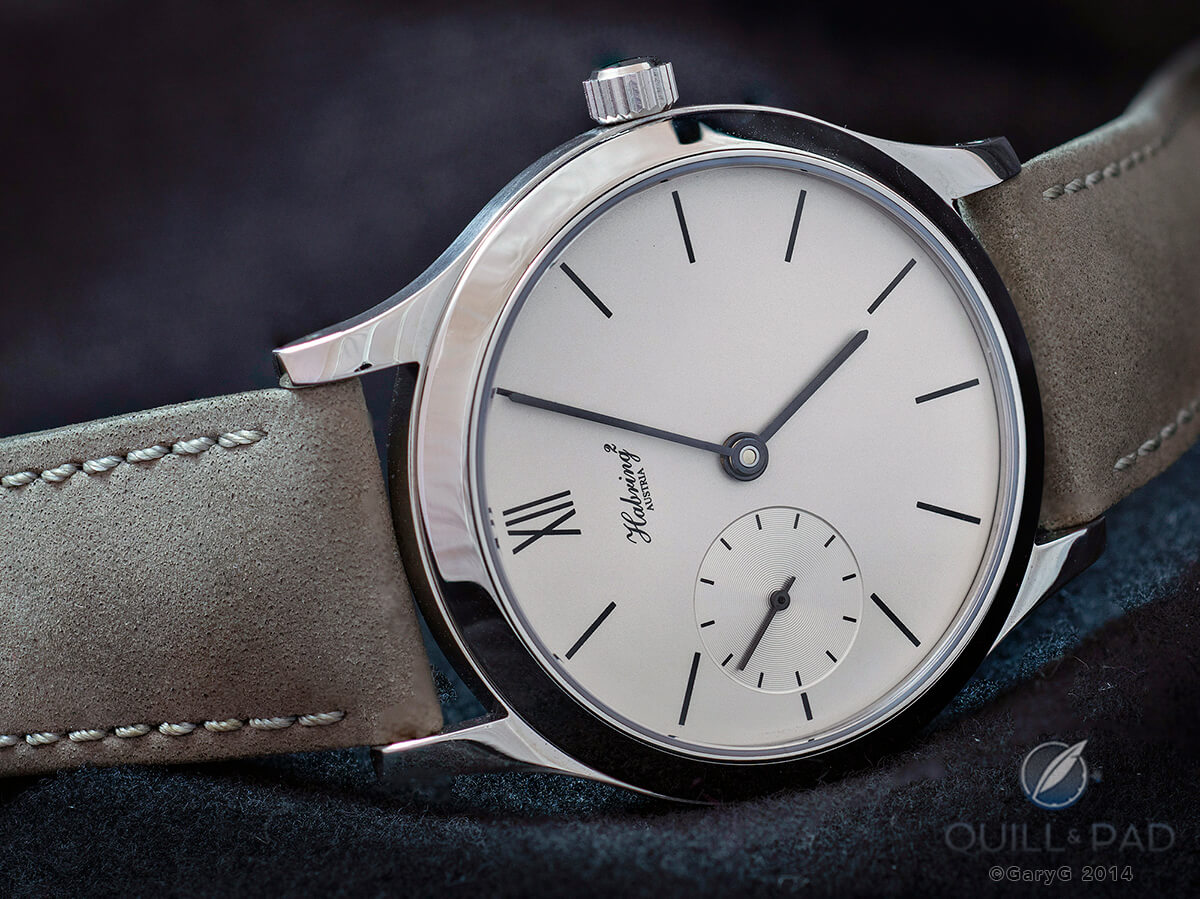
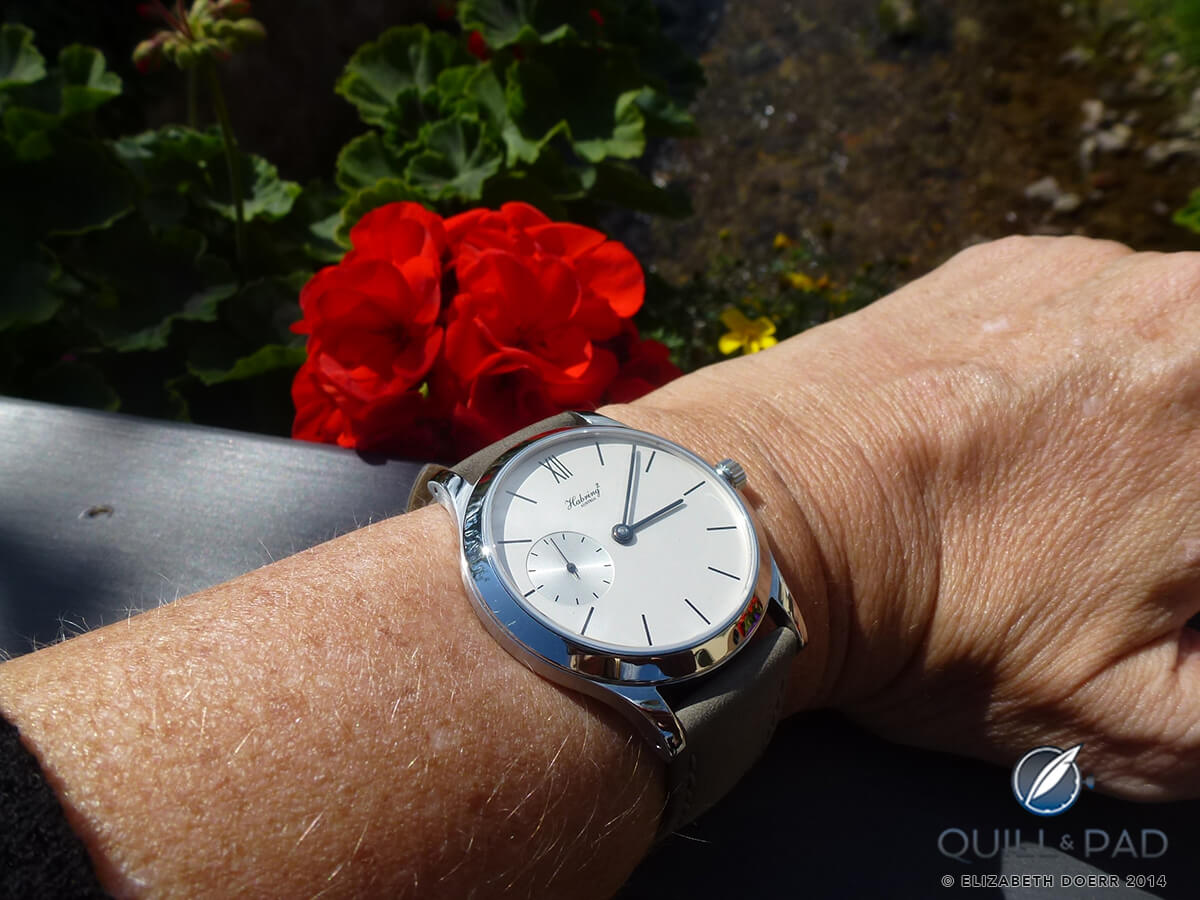
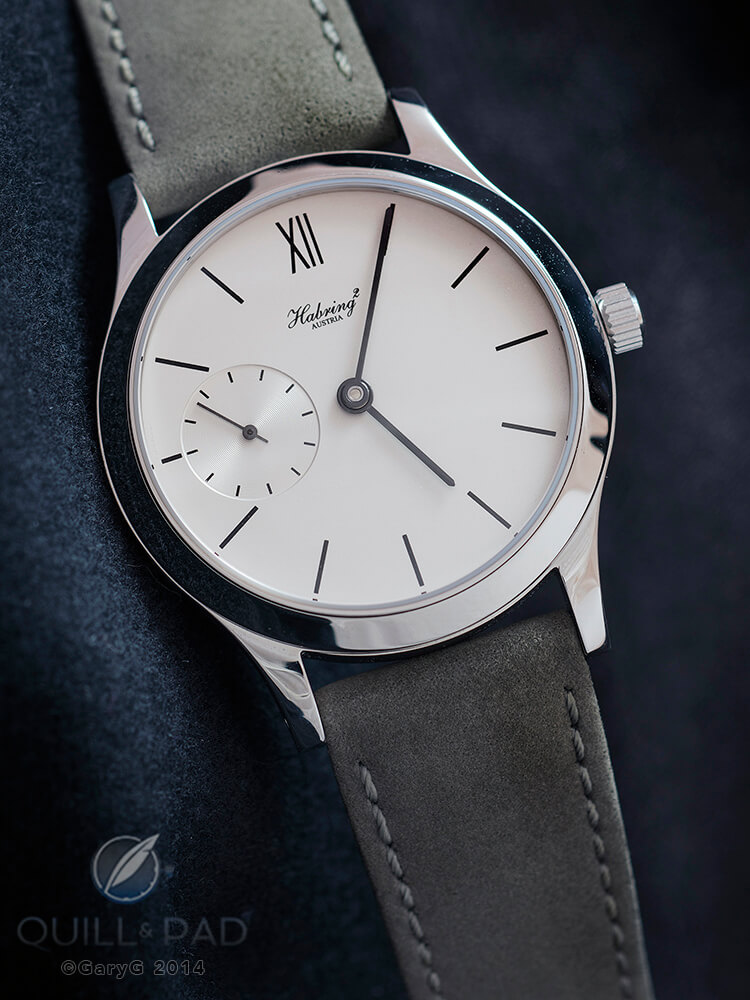
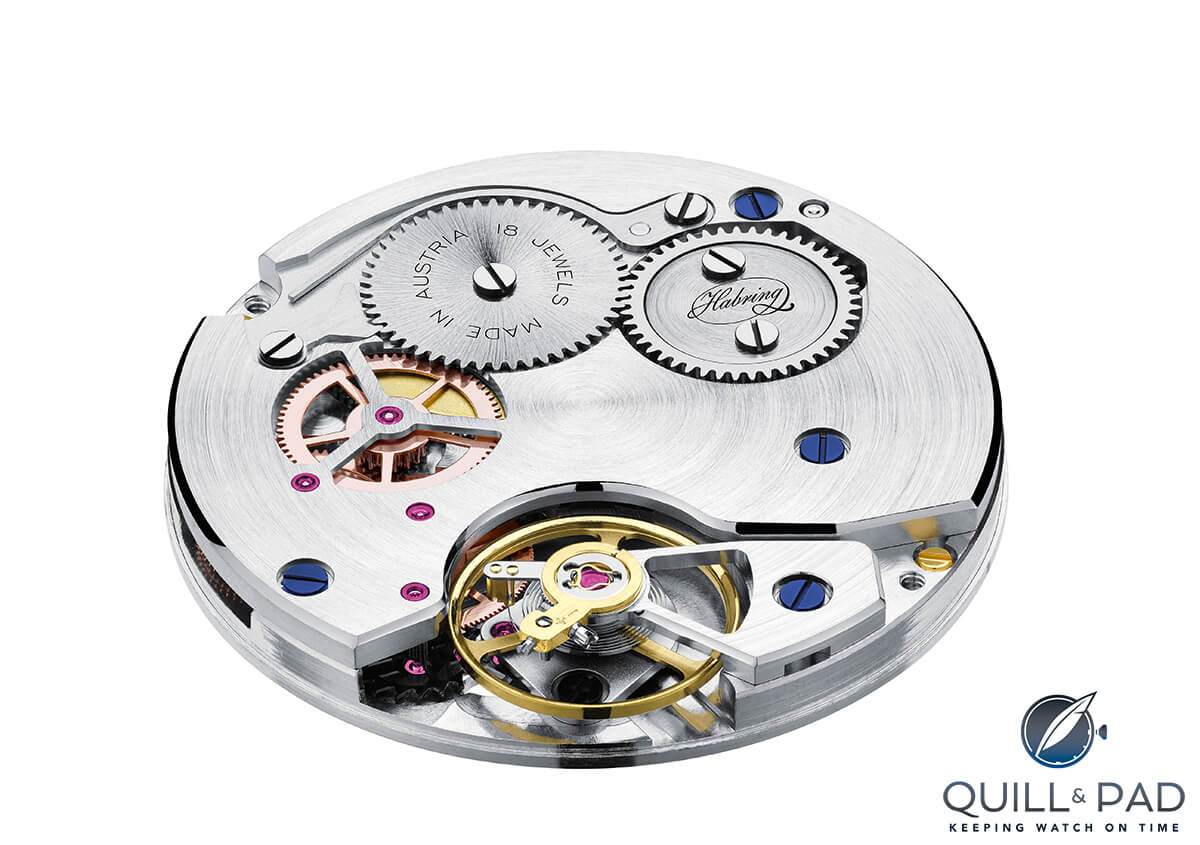
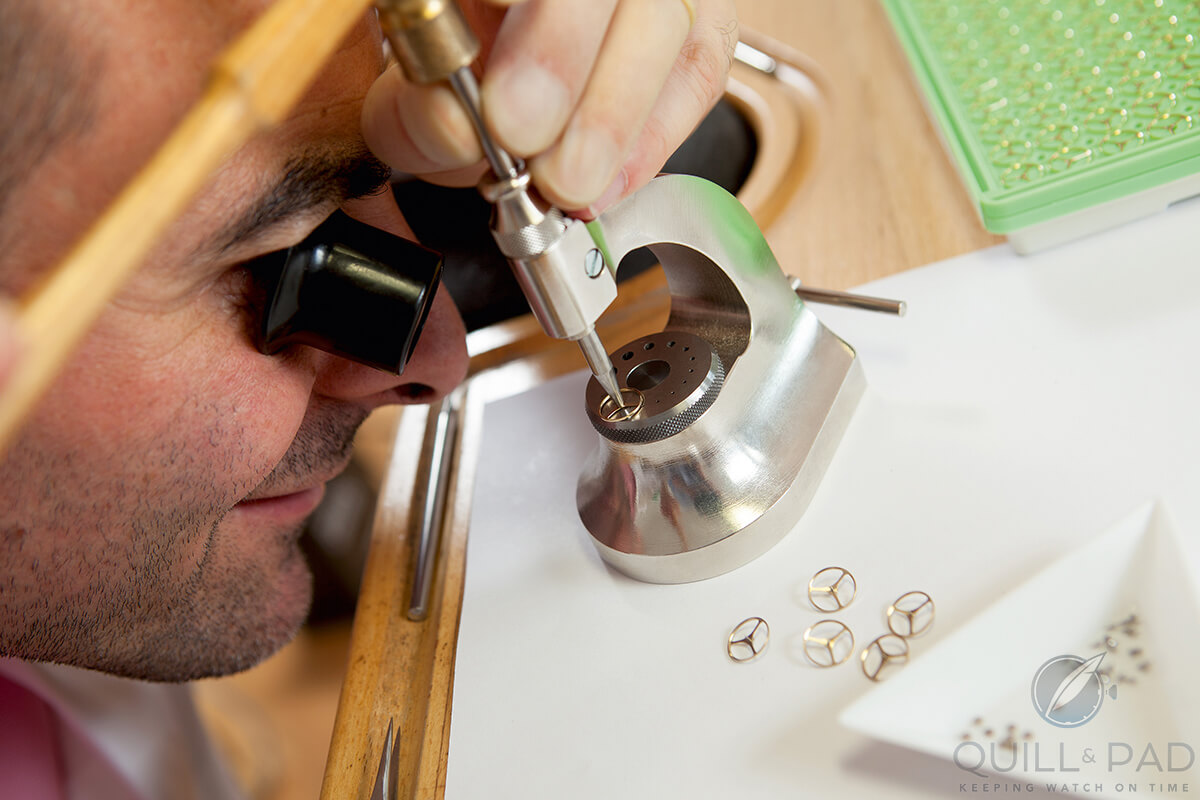
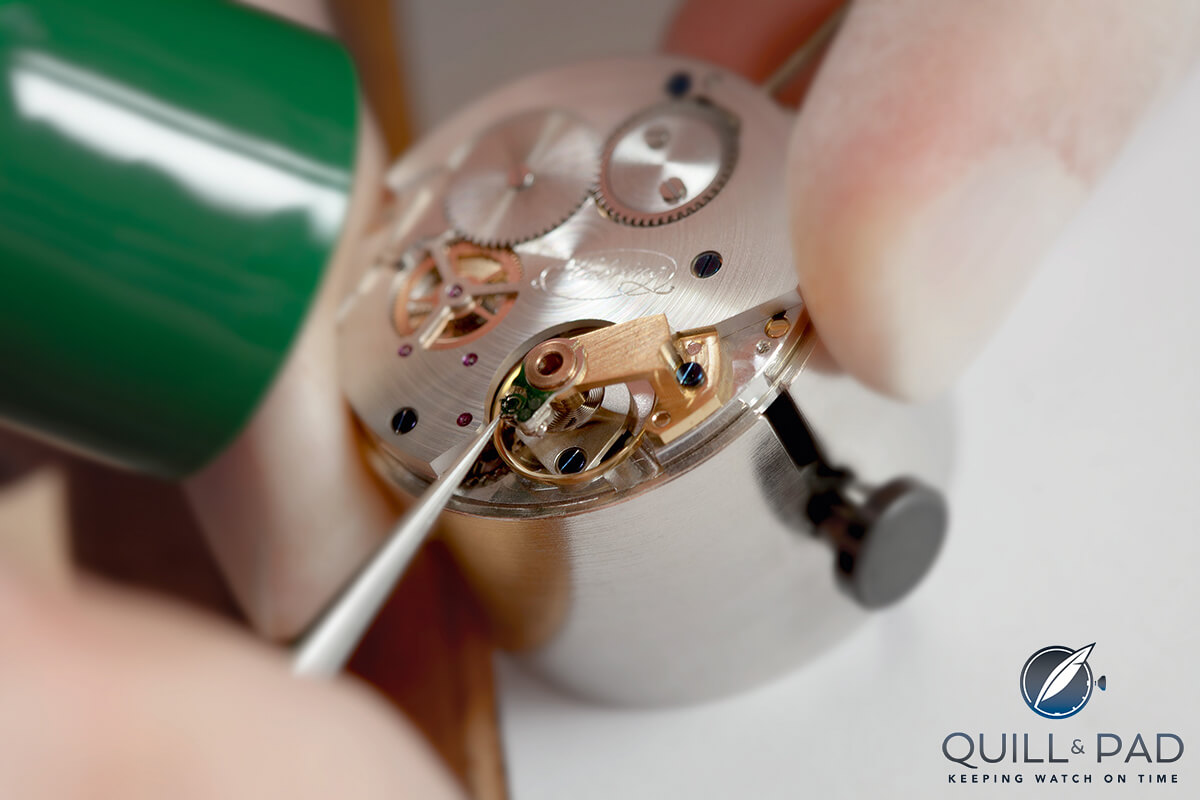
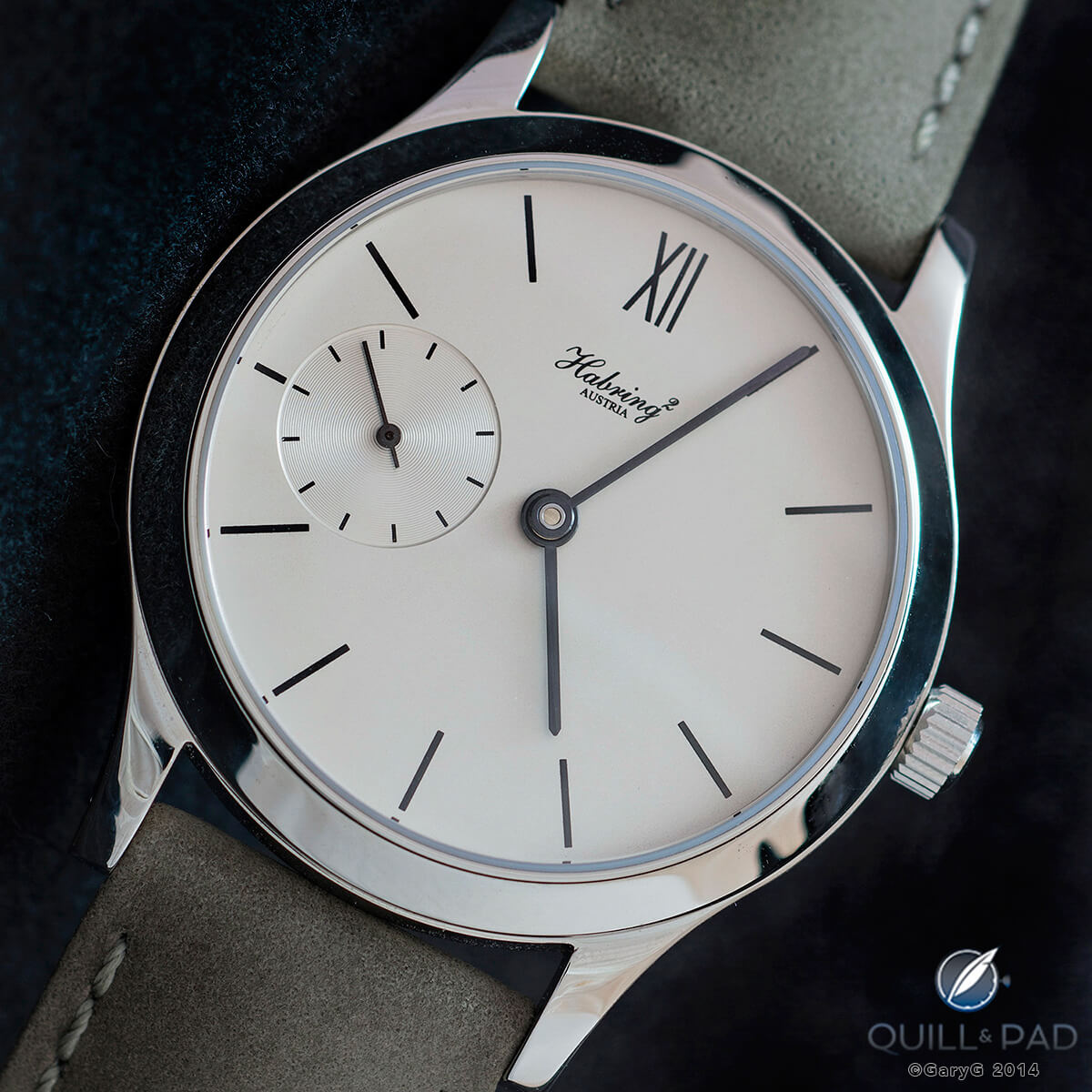
The ETA/Unitas 6497 has the small second at 9 o’clock as well as all the movements derived from the Valjoux 7750 or Sellita SW500…. Just think of Panerai and previous Habring2 watches
Indeed you are right, Robert! What I had meant to say was I couldn’t think of any others with the sub seconds in that position in that size. Thanks for catching that!
Elizabeth, i can’t agree with what you said as the 6498 has the same sub-seconds size at 9 o’clock?